I have always loved to think about plants as something magical, they can transform water, light, and CO2 into sugar! This is basically something mysterious and magic. How do they do that? Thanks to their little wizards: chloroplasts. First of all, chloroplasts are the ones that make the plants green, because they have molecules inside that, are able to get the lengths of light corresponding to blue, red, yellow, etc but reflect the green one.
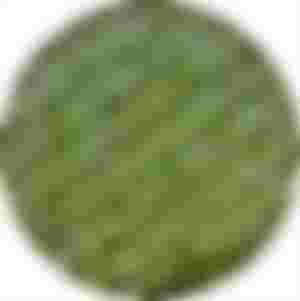
Wizard needs a magic wand!
Talking about wizards, we all know that there are main differences between animal and plant cells, one of them is plants have chloroplasts (and they can so magic obviously). Another famous difference is the presence of cell wall in plants, this wall brings a lot of advantages: let the cell to have a rigid shape and not to change, pathogen can't enter easily thanks to this thick layer to overcome etc.
Chloroplast thanks to the power of light are able to transform CO2 (carbon dioxide) into sugar (glucose). This happens with a lot of different and difficult steps that I think are really complicated and are not so important for our story, the only thing you need to know is that our chloroplast-wizard can do magics only with a magic wand, in this it is an enzyme called Rubisco.
So, let's sum up our magic formula: we have our basic ingredients (water, CO2, lights), our magic wand (Rubisco) and our wizard (chloroplast). Bidibidobidibu! Puff... GLUCOSE for you!
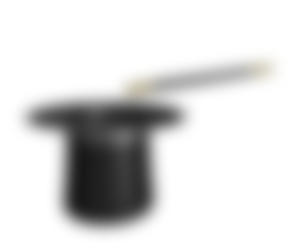
Something wrong with the formula...
As we all know not always magic goes on perfectly and we can face some errors, in photosynthesis, some errors can happen if there is a different basic ingredient: oxygen. The main problem is that Rubisco is just a magic wand and doesn't understand the difference between CO2 and oxygen, so if in the cell there is oxygen, our enzyme takes it without any distinction so we enter in another path and the sugar produced is less.

Different strategies: C3, C4 and CAM plants.
C3 plants are the most common plants and work basically how I described above, quite normal, with some problems with oxygen but everything happens in the same cells.
C4 plants, instead, seems to have two magic room (cells) to perform magic, and the wizard has a second magic wand: PEPco. In the first cells, there is only PEPco enzyme, that can bond exclusive with CO2 (and not with oxygen). PEPco carries CO2 in the second room, another cell nearby where Rubisco is present and the photosynthesis can be completed. In this way, Rubisco will never enter in contact with oxygen and the problem are reduced to zero. We can say that in this way we have a "spatial" differentiation because something happens in one cell and something else in another one. The most famous example of C4 plants is maize!
CAM plants, instead, have a spatial and temporal differentiation. So in addition to the different activities in different cells, they differ the activities during day or night. Succulent plants are all CAM!
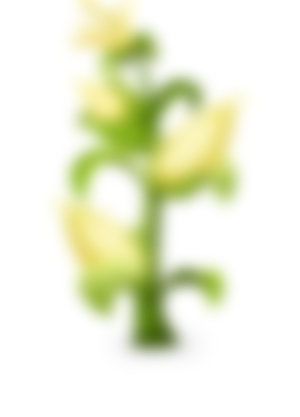
Did you know something about this difference before?
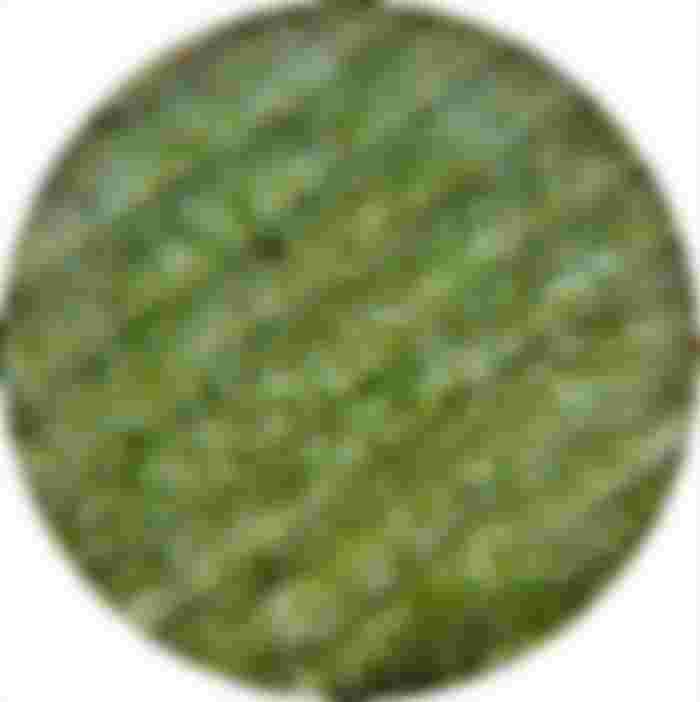
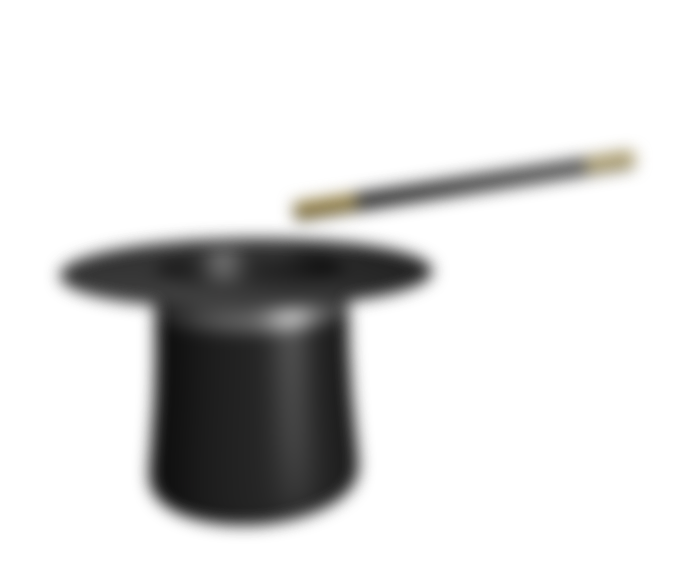
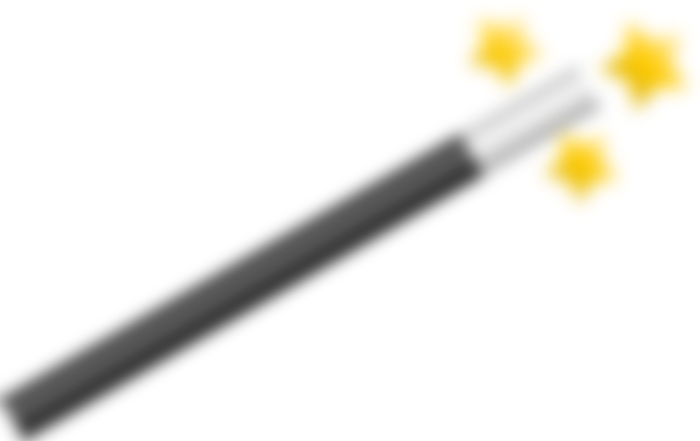

I don't know this in detail. I remember it being discussed in class but not as detailed as this. It's my first time to learn about rubisco.